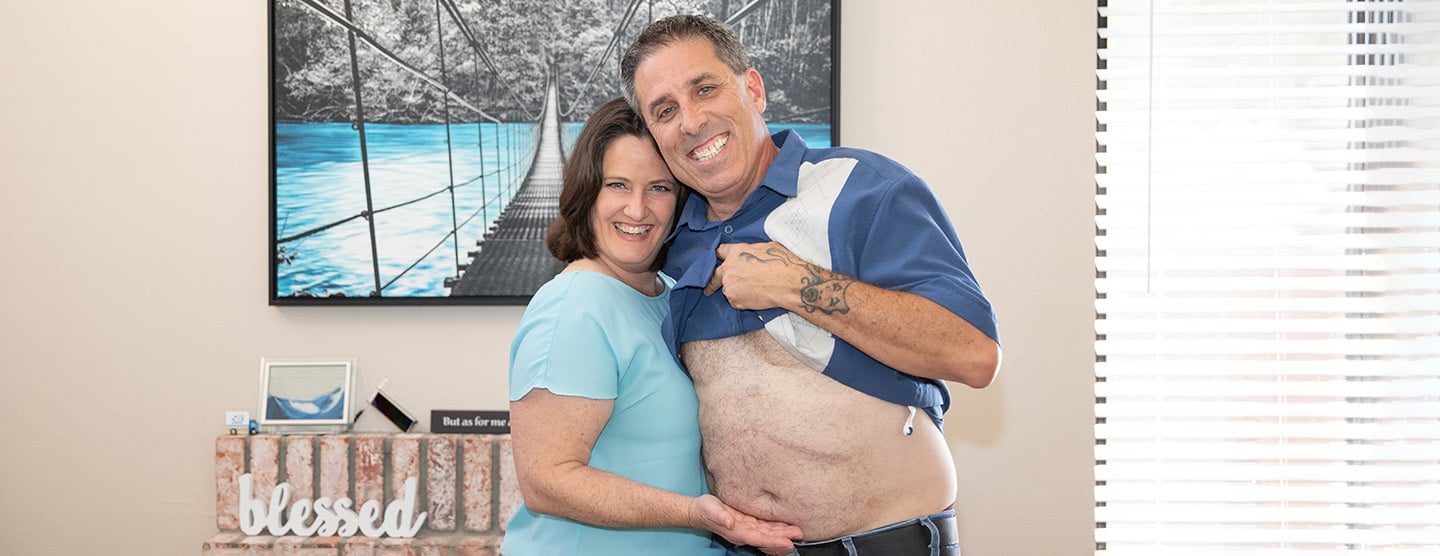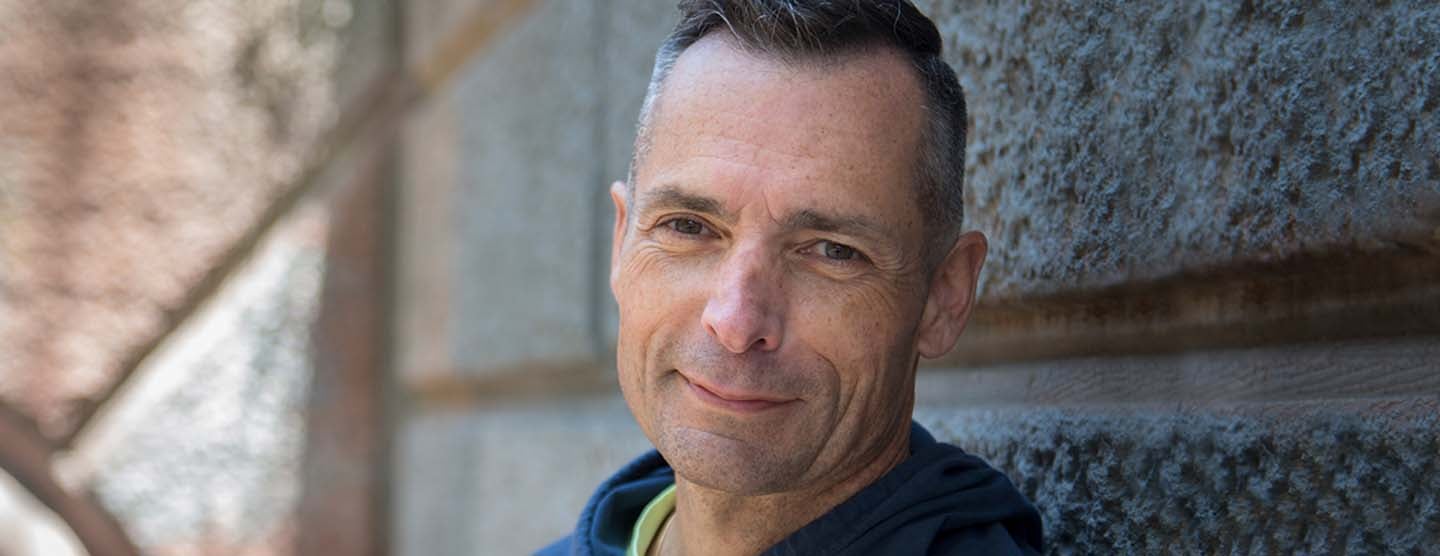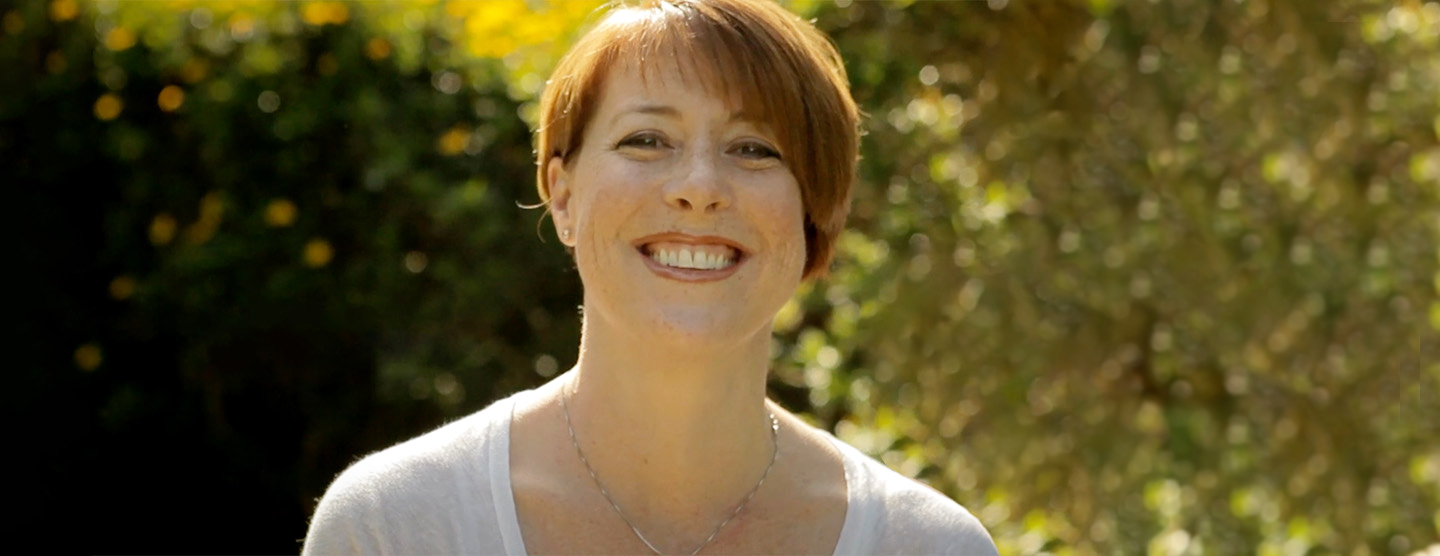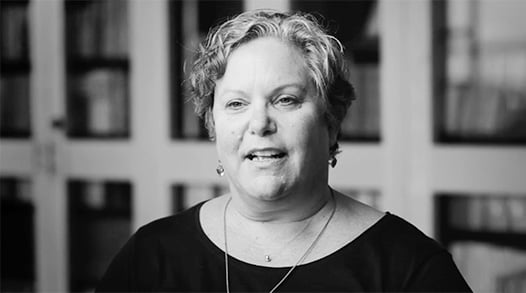
Living Organ Donors
Donating a kidney or part of your liver may be the most deeply meaningful thing you ever do. On average in the U.S., 17 people die every day while waiting for an organ transplant. By giving the unique gift of a living organ, you offer a second chance at life to someone who is struggling to survive.
Scroll down to see how living donation works and how it has changed the lives of donors, recipients and care teams at UCSF. If you have questions, please email us at [email protected].
Take the first step
Learn about becoming a living donor
Why donate a kidney or part of your liver to a stranger?
Donating a kidney or part of your liver to someone you don't know is a generous and lifesaving act. Thousands of people in the U.S. are waiting for organs, but there simply are not enough to fill the need. Your donation can help alleviate this life-threatening shortage.
When you donate a kidney, your remaining kidney grows larger and takes over the work of two kidneys. When you donate part of your liver, what remains naturally grows back to its normal size and function within a couple of months. For your recipient, receiving an organ from a living donor speeds up the process, dramatically improving their chances for a successful transplant.
Get inspired and find out more about living organ donation at UCSF in the "patient's perspective" section, below.
Patient stories
A living donor's story: So fulfilling, he did it twice
Jason McCluney is one of the handful of living donors who've given more than one organ. It all began with a simple conversation.
Good Samaritan donor starts record-breaking transplant chain
Reid Moran-Haywood's kidney donation sparked a transplant chain that spanned two hospitals and saved nine lives.
Meet our providers
Hear from our providers about how they center the needs of patients and families in their work.Explore what we do
Marathon highlights need for living donors
Runners who have received kidney transplants and those still awaiting their match participated in a marathon/5K race – part of a UCSF-supported effort to raise awareness.
Awards & recognition
-

Rated high-performing hospital for acute kidney failure
-

One of the nation's best for gastroenterology & GI surgery
-
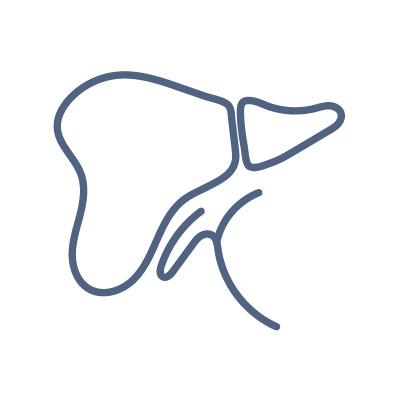
More than 390 living donor liver transplants performed by UCSF
-

More than 3,000 living donor kidney transplants performed by UCSF









